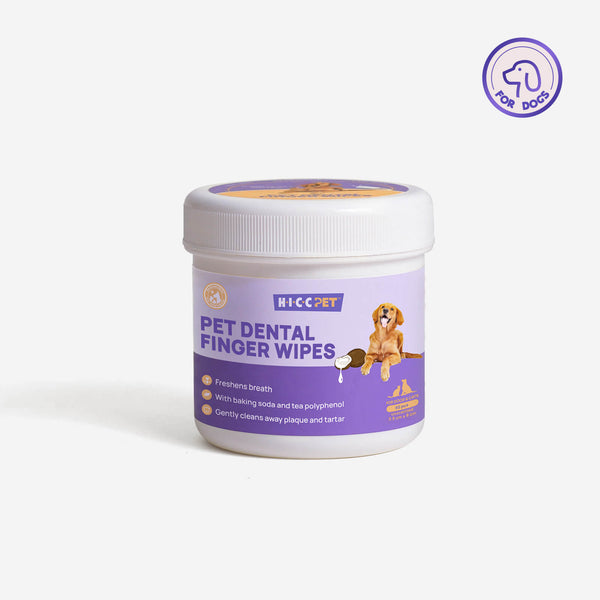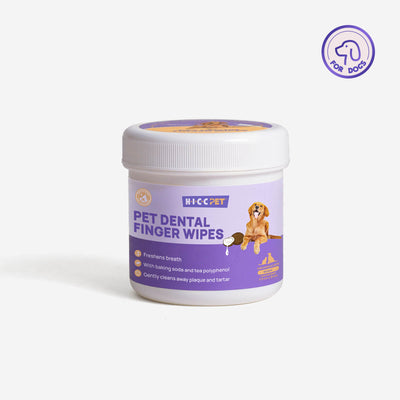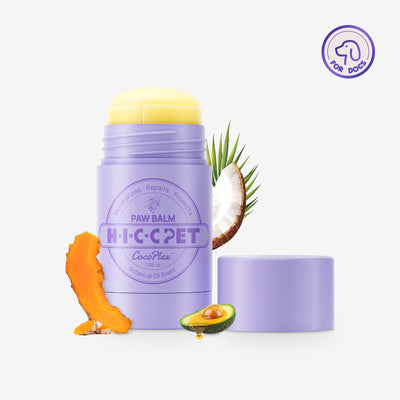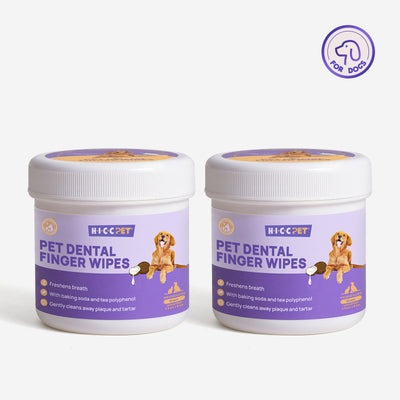Maintaining dental health in pets is crucial for their overall well-being, yet it remains one of the most commonly overlooked aspects of pet care. Dental issues can significantly impact a pet's quality of life, leading to pain, infection, and even potential damage to vital organs if left untreated. In fact, studies show that approximately 80% of dogs and 70% of cats will experience some form of dental disease by the age of three. This staggering statistic highlights the importance of prioritizing oral hygiene for our canine and feline companions and underscores the need for pet owners to be proactive in preventing dental issues.
Importance of Routine Veterinary Dental

Common Dental Issues in Dogs and Cats
Gingivitis
Periodontal Disease
Tooth Resorption (More Common in Cats)
Tooth resorption is a painful condition where the tooth structure deteriorates, particularly common in cats. This can lead to significant discomfort and the need for extraction. Symptoms include difficulty chewing, excessive drooling, and visible tooth fractures. Immediate veterinary attention is crucial for management.
Stomatitis
Stomatitis involves severe inflammation of the entire mouth, with cats particularly susceptible. It can cause intense pain, making eating and drinking difficult. Symptoms include reluctance to eat, extreme mouth pain, and bad breath. Proper management and veterinary care are necessary to alleviate this painful condition.
Broken or Fractured Teeth
Oral Tumors and Growths
Oral tumors and growths, while uncommon, can indicate serious health issues. Symptoms may include swelling, difficulty eating, drooling, and occasional bleeding. Early veterinary examination is critical for diagnosing these growths and determining the appropriate treatment, which may include surgery.
Being aware of these common dental issues helps pet owners take proactive steps for pets’ oral health. Regular veterinary check-ups and good dental hygiene are essential in preventing these issues.
Causes of Dental Issues in Dogs and Cats
Dental issues in pets can arise from several common factors. One significant and common contributor is the accumulation of plaque and tartar, which can lead to serious oral health issues. Bacterial infections often develop as a result of this buildup. Additionally, a poor diet that lacks essential nutrients and routine dental care can exacerbate these problems. Certain breeds, particularly smaller dog breeds, and specific cat breeds such as Persians and Siamese, may have a genetic predisposition to dental issues, making them more susceptible. Furthermore, trauma caused by chewing on hard objects can lead to dental injuries and complications. Overall, maintaining good oral hygiene and being aware of these risk factors can help prevent dental issues in our beloved pets.
Signs and Symptoms of Dental Issues in Dogs and Cats
Dental issues can arise from various factors, often leading to discomfort and health issues. Understanding these causes can help in prevention and timely intervention. Some common contributors include:
- Changes in behavior, such as increased aggression or withdrawal due to discomfort
- Swelling in the face, which may suggest an abscess or infection
- Issues with eating, like dropping food, difficulty chewing, or a decrease in appetite
- Loose, broken, or absent teeth
- Persistent drooling or pawing at the mouth
- Red or swollen gums, possibly with bleeding
- Bad breath (halitosis)
How to Prevent Dental Issues in Dogs and Cats
Preventing dental issues in pets is essential for their overall health. Here are some effective strategies:
Routine Veterinary Dental Check-Ups
Regular veterinary check-ups are crucial. Schedule dental exams and cleanings at least once a year. During a professional dental cleaning, your vet will remove tartar, check for signs of disease, and provide essential care that can prevent more significant issues down the line.
Regular Tooth Brushing
Introducing your pets to tooth brushing is vital. Start slowly by allowing them to get used to having their mouths touched. Choose pet-safe toothpaste and toothbrushes specifically designed for dogs and cats. Alternatively, consider using HICC Pet® Dental Finger Wipes topped off with the hypochlorous acid Oral Care Spray to effectively clean teeth without the need for brushing.

Dental Treats and Toys
Proper Diet for Dental Health
Veterinary Dental Cleanings

Veterinary dental cleanings are essential for removing plaque and tartar buildup, especially below the gum line, where bacteria can cause serious infections. Unlike non-veterinary cleanings, veterinary cleanings use anesthesia to ensure a thorough examination, X-rays, and safe removal of dental disease without causing stress or pain. This allows veterinarians to detect and treat underlying issues like periodontal disease or broken teeth. Regular cleanings, typically once a year, help prevent serious oral health problems and keep pets’ teeth and gums healthy.
Treatment Options for Dental Issues
Professional Dental Cleaning
Medications and Pain Management
Tooth Extractions and Surgery
Conclusion
In conclusion, maintaining dental health in dogs and cats is vital for their overall well-being and longevity. As the statistics indicate, a significant majority of pets will face some form of dental issue by a young age, underscoring the necessity for proactive dental care. Regular veterinary check-ups, attention to oral hygiene, and a balanced diet are crucial elements in preventing painful and potentially costly dental issues. By being vigilant and proactive, pet owners can help ensure their furry companions remain healthy and pain-free. Investing time and resources into preventive dental care not only enhances the quality of life for pets but also strengthens the bond between pets and their owners. Prioritizing dental health is a key component of responsible pet ownership that pays off in the form of happier, healthier pets.
Please note that the information provided in this article is for educational and informational purposes only. We are not veterinarians, and the content shared here should not be considered professional veterinary advice.
If you have any questions regarding copyrights or the use of materials in this article, please contact us for clarification.







Thanks for your interaction and support.